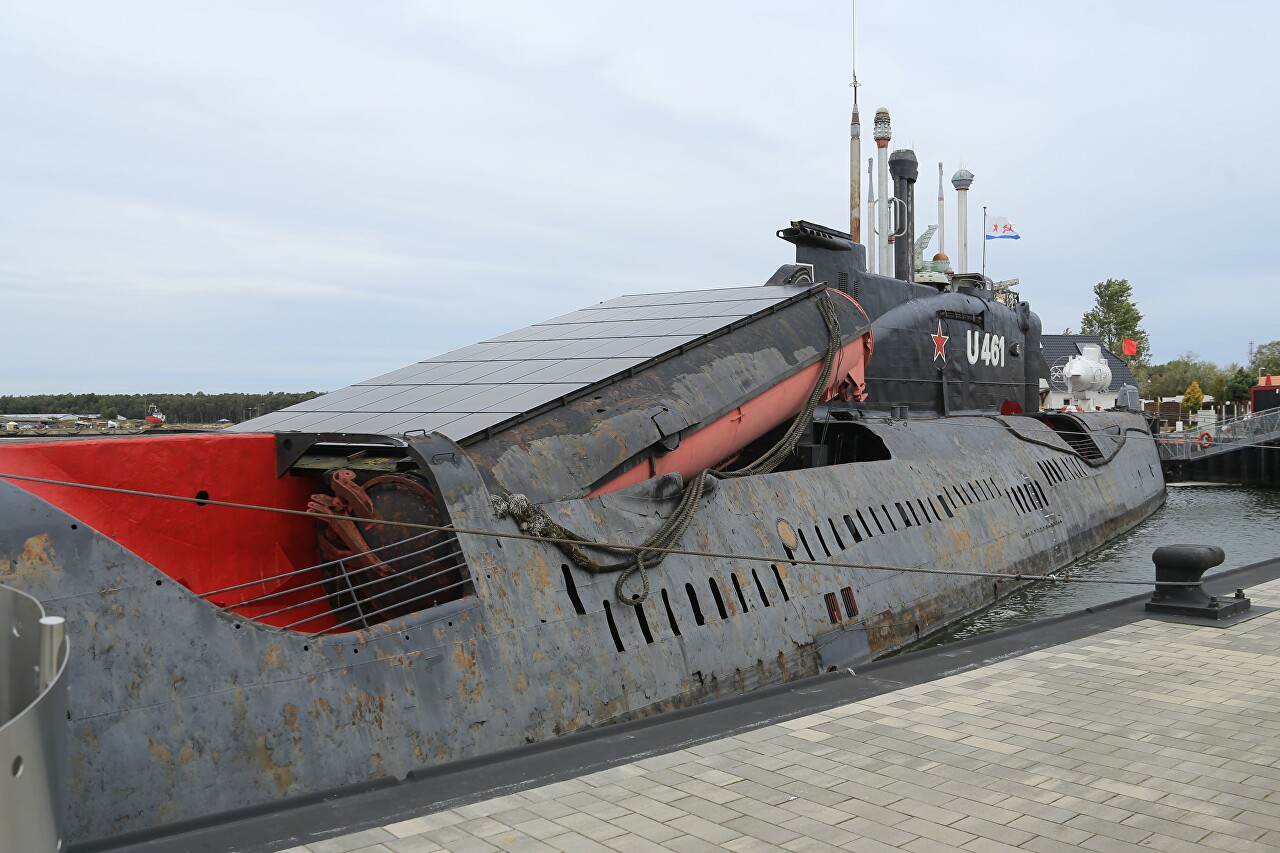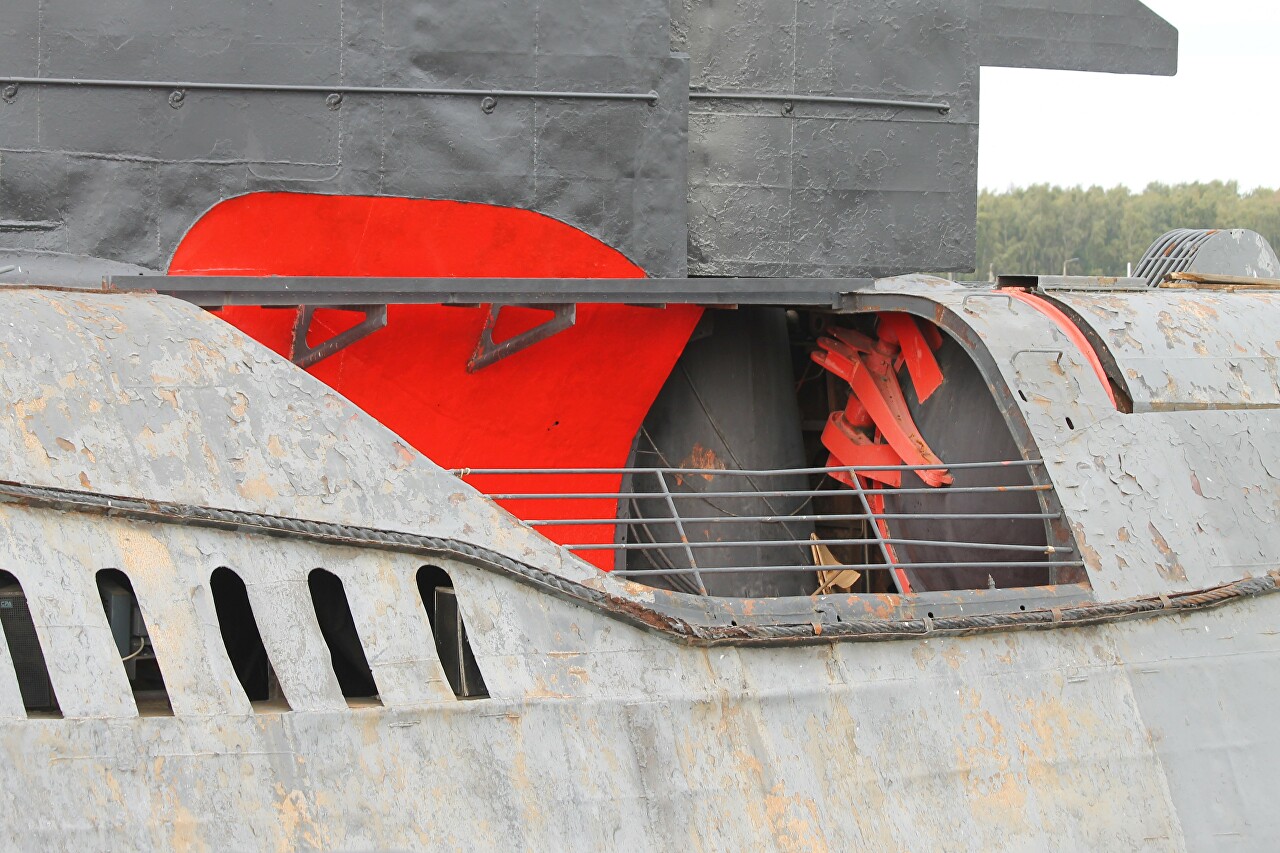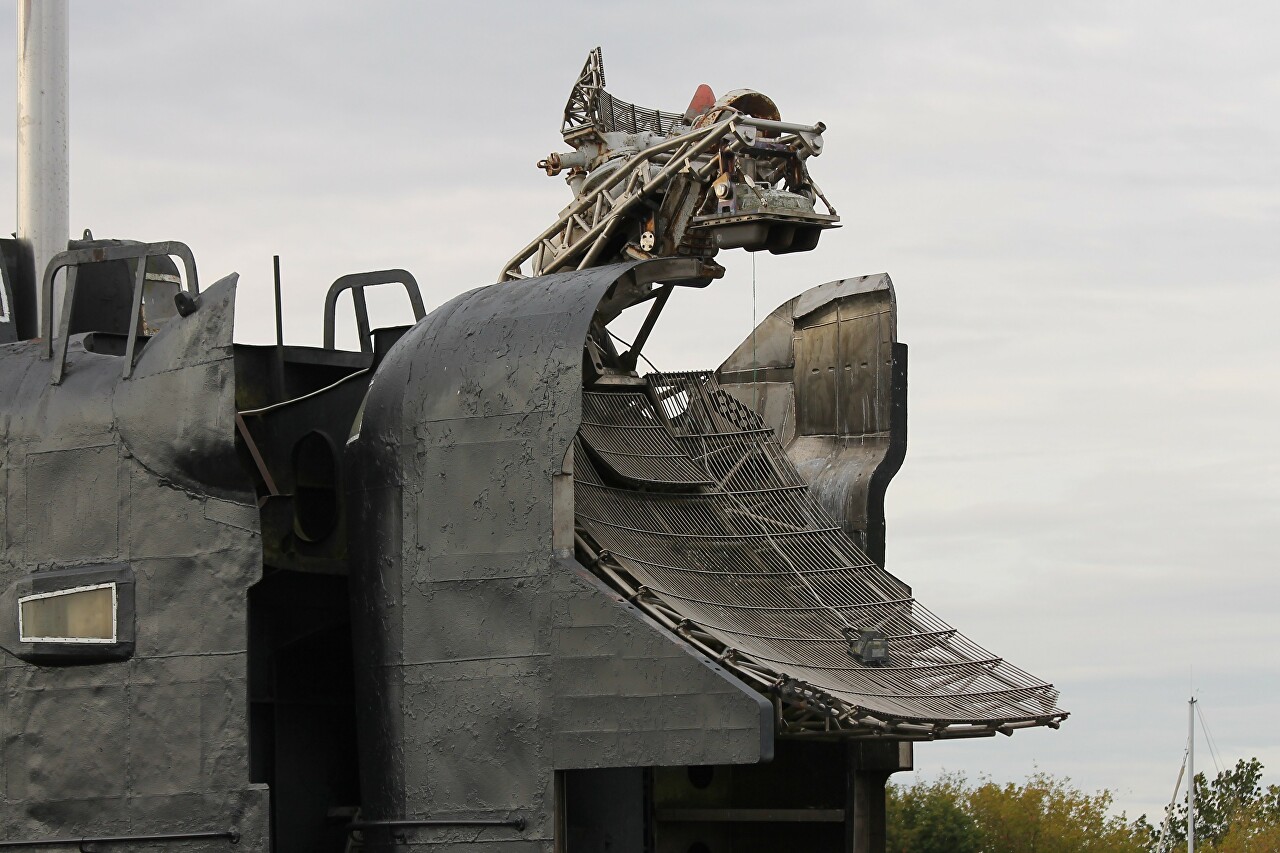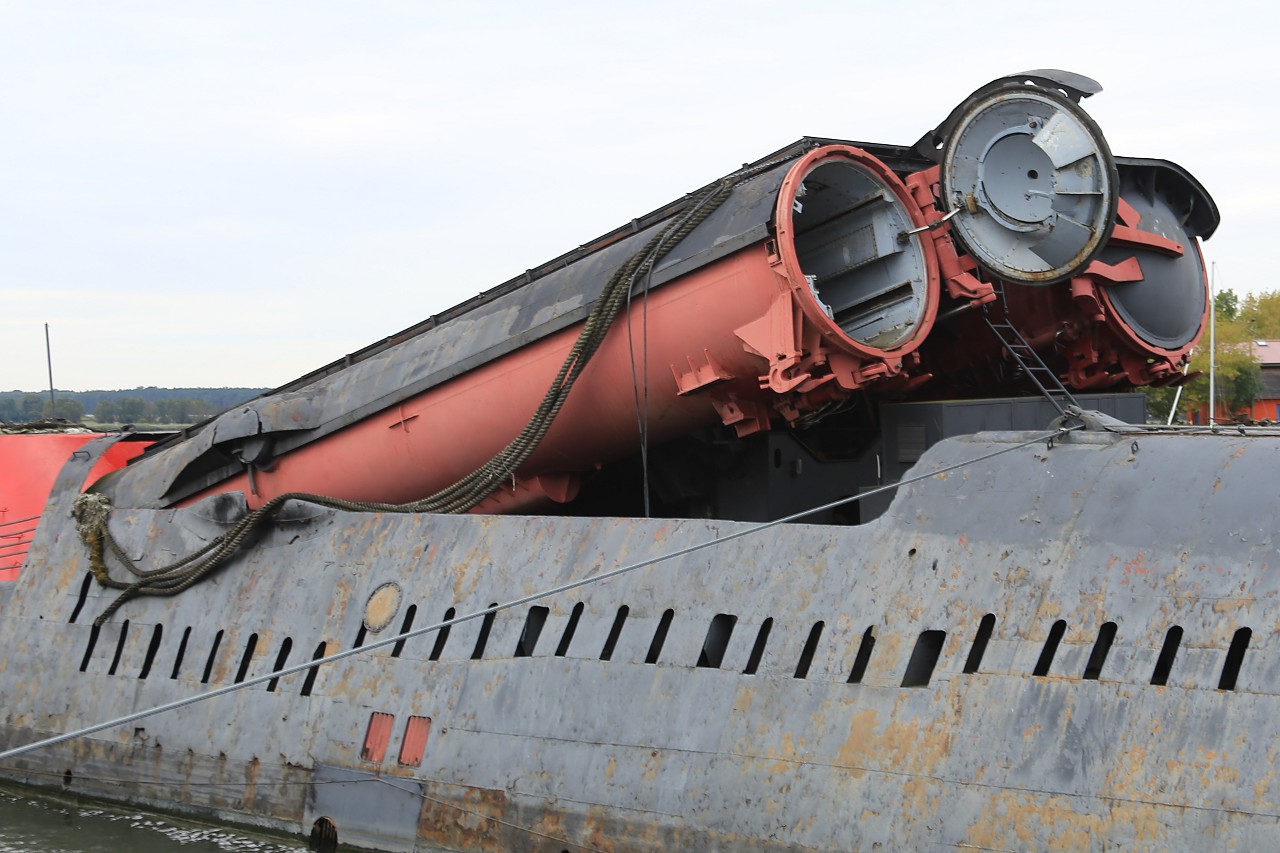Missile Armament of the Juliett-class Submarine
Project 651 submarines (designated NATO Juliett calss) were designed for a specific task: delivering a nuclear strike on the east coast of the United States. To do this, they had 4 cruise missiles with nuclear warheads in two launchers. The launchers were mounted between a strong and light hull, the bow before the wheelhouse, the stern after the wheelhouse, for launching missiles, the installations rose at a slight angle above the deck. The submarine could fire missiles only on the surface, moving at a speed of no more than four knots. The first rocket could be launched about five minutes after the boat surfaced, while the remaining rockets were launched at intervals of ten seconds.

Initially, these submarines carried P-5 missiles (NATO designation SS-N-3c Shaddock), adopted in 1959. This is a supersonic cruise missile with a KRD-26 turbojet main engine with a thrust of 2250 kg and two solid-fuel rocket boosters with a total thrust of 36600 kg and an operating time of 2 seconds. The mass of the rocket is 4,300 kg, the flight speed is 1,250 km / h, and the range is 500 km. The warhead weighing up to 1000 kg had a nuclear charge with a capacity of 200 kilotons, in later modifications it was increased to 650kt, there were options with a non-nuclear high-explosive charge. It is believed that for this type of missile, sealed launch containers were used for the first time in the world, and the missiles themselves had an automatically opening wing. The missile had an inertial control system and was designed to fire at stationary targets..

With the advent of submarine-launched ballistic missiles, P-5 missiles lost their significance, and Project 651 submarines were reoriented to fight aircraft carriers, in 1964 they were armed with P-6 anti-ship missiles. The P-6 was based on the same P-5, equipped with a television guidance system.

To control the missiles, a powerful radar system was deployed in the forward part of the submarine's wheelhouse in the surface position. The effectiveness of such a system was low, since it could only operate within radio visibility, which was much less than the range of missiles, and at such a distance, a surfaced submarine could easily be detected by high-positioned radars of surface ships beyond the range of the submarine's own missiles.

In the future, submarines of this type were equipped to use first an aviation and then a space target designation system. Data from aircraft and satellites was sent to the coastal control center, then transmitted to submarines. Nothing is known about the effectiveness of this system, and its performance and reliability are also highly questionable. Perhaps this is why the Project 651 submarine construction program was curtailed and instead of the planned 36 units, only 16 were built.

The photo shows the missile launchers of the U-461 museum submarine in Peenemünde harbor. This is a Project 651 boat built in 1965 and served in the Northern Fleet of the USSR until 1988 under the numbers K-24, then B-124.